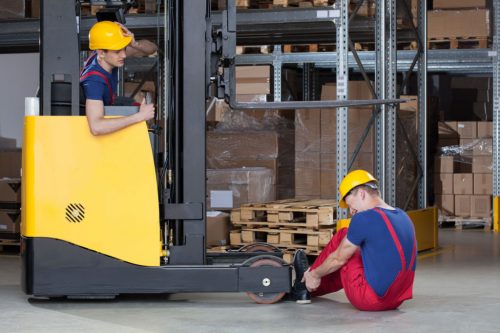
August 30, 2017
Preventing serious injuries and fatalities


August 30, 2017

In one part of the organization, a worker develops carpal tunnel syndrome from repetitive motions incurred while sitting at a desk.
Elsewhere in the same organization, a worker nearly falls off a platform – but manages to right himself just in time.
The first event is a recordable injury. The second, which could have resulted in a serious injury or fatality, might never be known by anyone other than the fortunate worker and a few colleagues.
Is the carpal tunnel incident more serious because a worker was injured? Do the events deserve equal treatment? Or should organizations place a greater emphasis on limiting exposures to serious injuries and fatalities?
An increasing number of safety advocates say the third approach – focusing on serious injury and fatality, or SIF, prevention programs – is most important and most effective. The strategy runs counter to the long-held process of waiting for an injury or fatality to take place and investigating that incident. Nor does it follow the “one size fits all” approach to incident investigations. Instead, it calls for a proactive effort to prevent incidents before they occur.
“The old paradigm was to treat all injuries the same and investigate all of them and work on common root causes across the entire organization,” said Don Martin, who helps organizations across the country implement and maintain SIF prevention programs as vice president of Oxnard, CA-based DEKRA Insight. “The new paradigm says, ‘Let’s focus on events that get reported that have potential to be life-altering or fatal, and let’s investigate those with potential.’
“So it’s that triangle inside the triangle that gets special attention today that was not getting special attention in the last three or four decades. I think that’s the key to making real progress in our occurrences of workplace fatalities.”
Read more at SafetyandHealthMagazine.com